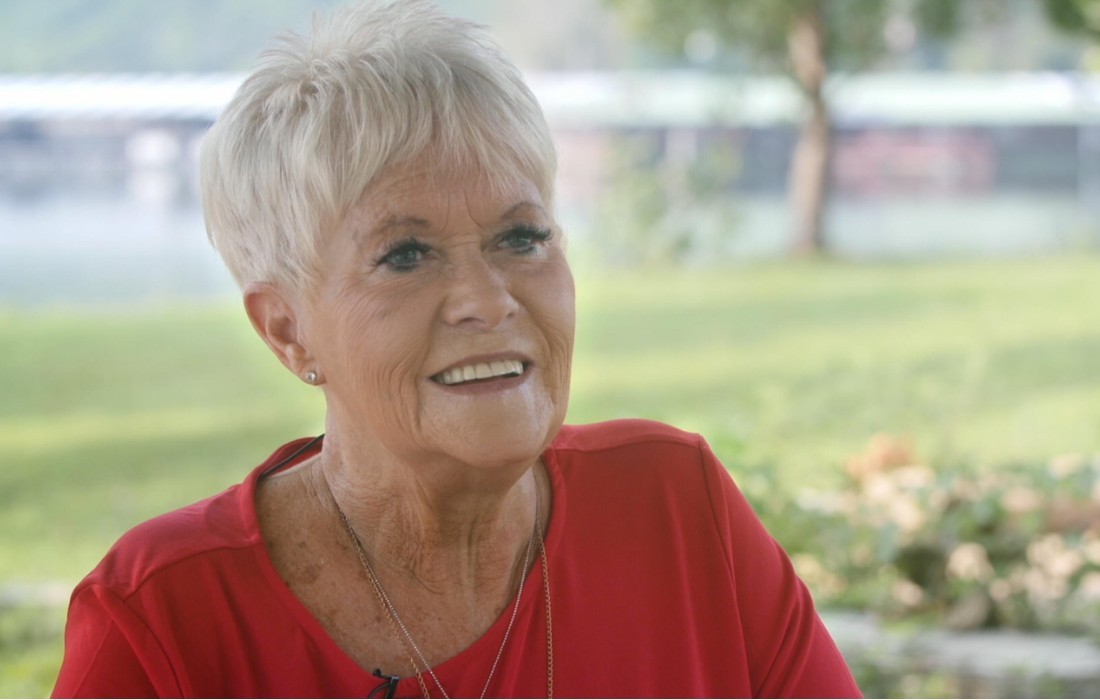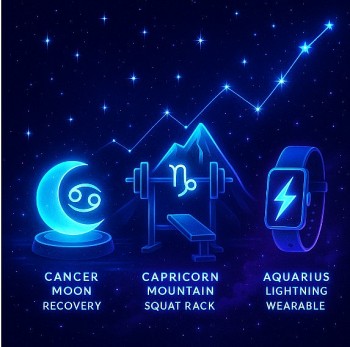Why the United States Is the Richest Country in the World but Still Has So Many Homeless People
 How Many Homeless People Are There in the US Today? How Many Homeless People Are There in the US Today? |
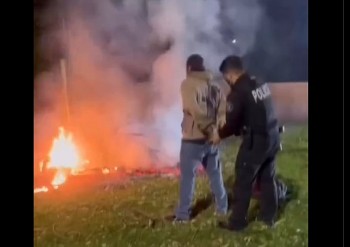 Who Is Jose Carranza-Escobar? The Third Suspected Arsonist In Los Angeles Fire Who Is Jose Carranza-Escobar? The Third Suspected Arsonist In Los Angeles Fire |
America is the wealthiest country on Earth. Its economy is bigger than any other. Its companies dominate global innovation. Its billionaires shape entire industries. Yet on the sidewalks of Los Angeles, the train stations of New York, the parks of San Francisco, and the streets of Seattle, thousands of people sleep in tents, cars, doorways or makeshift shelters every night.
To many observers outside the United States, this looks impossible. How can a country that puts rovers on Mars, runs Silicon Valley, and creates more wealth than entire regions combined fail to provide a basic roof for so many people?
The truth is that homelessness in America is not a failure of resources. It is a combination of history, policy choices, economic structures, and cultural attitudes that create a system where falling through the cracks is far too easy and climbing back out is far too hard.
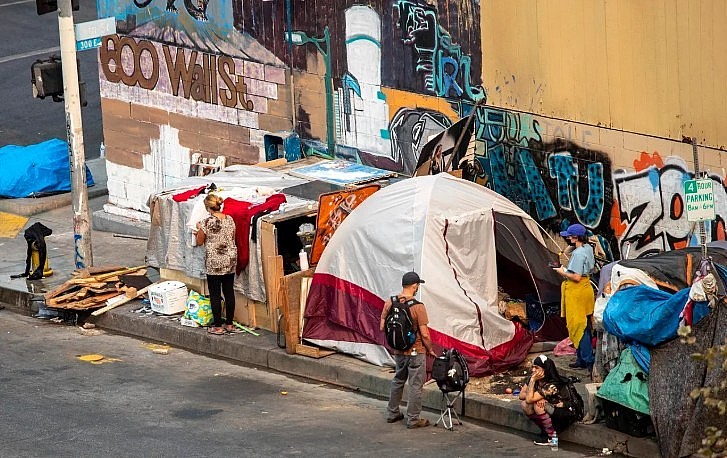 |
| Homelessness Hits Record High |
1. Understanding What Homelessness Really Means in America
The United States has a broader definition of homelessness than many other countries. It includes:
-
People living on the streets
-
People living in tents, cars, RVs or abandoned buildings
-
People staying temporarily in shelters or motels
-
People “couch surfing” with friends or family
-
People moving constantly due to unstable housing
This matters because American homelessness is not simply about people sleeping outdoors. It is a wide spectrum of housing instability created by high costs, weak safety nets and fragile financial situations.
Current Landscape
Homelessness in America has been increasing in recent years. Urban areas with strong economies often have the highest numbers. States like California, New York and Washington account for a significant share of the national homeless population.
Many assume most homeless individuals are addicted or unwilling to work. Data shows otherwise. A large share became homeless after one or more life shocks: job loss, illness, family separation or sudden rent increases they could not keep up with.
 |
| Homelessness as America’s Mirror |
2. Economic Forces: Wealthy Country, Deep Inequality
It might sound contradictory, but a country can be extremely wealthy and still have widespread poverty. The United States is a clear example of this.
2.1. High Inequality and Low Financial Cushion
American inequality is among the highest in the developed world. A small percentage of Americans hold a massive share of the wealth. Meanwhile, millions live one medical bill, one layoff or one divorce away from losing their home.
Many households do not have enough savings to cover even a few months of rent. When income stops, housing is usually the first major expense they cannot maintain.
2.2. Housing Costs Outpace Income
In major US cities, the cost of renting an apartment has climbed far faster than wages.
-
Service workers
-
Teachers
-
Retail workers
-
Gig workers
-
Even some office workers
Many cannot afford market-rate housing near where they work.
A one-bedroom apartment in San Francisco or New York can cost more than some full-time workers earn in a month. Even in smaller cities, rents have risen sharply, making low-income households extremely vulnerable.
2.3. Shortage of Affordable Housing
The US has not built enough affordable housing for decades. Private developers prefer high-end projects with higher profits. Public housing programs exist, but they are limited, underfunded and often have waiting lists that stretch for years.
A simple truth explains much of the crisis:
There are far more people who need affordable housing than units available.
3. Policy and Government Structure: Markets Strong, Social Safety Net Thin
Even though America is wealthy, it has a tradition of limited government when it comes to social welfare. Many programs are means-tested, full of paperwork and difficult to access.
3.1. The Legacy of “Small Government” Thinking
The United States tends to see social welfare through a skeptical lens. Many Americans believe individuals should be responsible for themselves and worry that strong welfare programs may encourage dependency.
As a result, social spending per capita is lower than in many European countries. When someone loses a job or faces a health crisis, the safety net often provides only temporary or partial support.
3.2. Zoning Laws and Local Politics Block Housing
In many cities, strict zoning laws prevent the construction of apartment buildings or multifamily homes in large residential areas. This makes it hard to increase housing supply.
Local residents often oppose affordable housing projects. They fear crime or falling property values. This mindset, known as NIMBY (Not In My Back Yard), slows or kills many housing proposals.
3.3. Criminalization of Homelessness
Many US cities classify everyday survival activities as violations:
-
Sleeping outside
-
Setting up tents
-
Public camping
-
Loitering
People who are fined or arrested for these activities face new obstacles. Criminal records make it harder to find jobs and rent apartments. Homeless individuals get trapped in a cycle where the system punishes them for being poor.
4. Health Care, Mental Health and Addiction: A Broken Support System
One of the biggest structural contributors to homelessness in America is its health system.
4.1. High Medical Costs Push People Into Homelessness
The United States has one of the most expensive health care systems in the world. Even insured individuals can face huge bills. Medical debt is a major cause of personal bankruptcy.
When someone gets sick, they may lose their job. When they lose their job, they lose their health insurance. Costs pile up. Savings evaporate. People lose their housing.
4.2. Mental Health Services Are Overwhelmed
A significant portion of homeless individuals have untreated mental health conditions. The US closed many psychiatric hospitals in the late twentieth century but did not invest sufficiently in community-based care. Many people with mental illness drift into homelessness because they have nowhere to receive long-term support.
4.3. The Drug Crisis Makes Everything Worse
The opioid epidemic, fentanyl crisis and methamphetamine use have fueled homelessness. Some individuals become homeless because addiction disrupts their lives. Others become addicted after becoming homeless. Street environments make recovery extremely difficult.
5. Labor Market Shifts and the Erosion of Stability
The American job market has changed dramatically over the last 40 years.
5.1. Job Instability and Gig Work
More people work part-time, freelance or gig jobs without benefits or predictable income. Without stable paychecks, paying rent consistently becomes a challenge. A few slow weeks of work can cause a housing crisis.
5.2. Rising Cost of Living and Life Shocks
Unexpected events hit American families hard:
-
Medical emergencies
-
Car accidents
-
Divorce or domestic violence
-
Eviction
-
Death in the family
Without a robust safety net, these events often lead directly to homelessness.
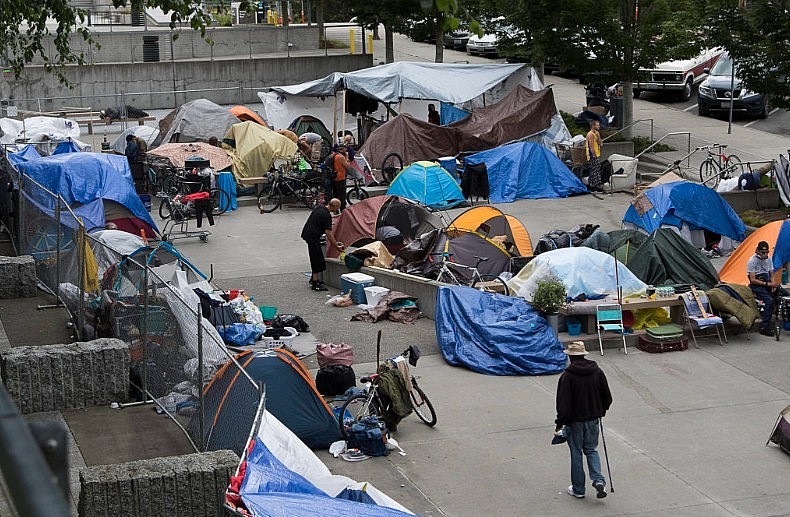 |
| Residents of an encampment for the homeless go about their day at Wall Street and Oakes Avenue in Everett. |
6. Race, History and Structural Disadvantages
Racial inequality plays a major role in America’s homelessness problem.
6.1. Historical Barriers Shape Today’s Housing Reality
Longstanding discrimination has limited wealth accumulation for Black, Latino and Native American families. Practices like redlining and segregated neighborhoods prevented nonwhite families from buying homes or accessing good schools for decades.
Even today, people of color are more likely to rent than own homes, making them more vulnerable to rent hikes and evictions.
6.2. Overrepresentation Among the Homeless
Black Americans make up about 13 percent of the population but represent a far higher percentage of homeless individuals. Native Americans and Pacific Islanders also face disproportionately high rates of homelessness.
7. Culture and Attitudes: How Americans Think About Homelessness
Culture shapes policy, and American culture has a complicated relationship with homelessness.
7.1. Strong Focus on Personal Responsibility
Many Americans believe anyone can succeed with enough effort. This belief produces incredible innovation but also leads to the idea that homelessness is a personal failure rather than a systemic issue.
7.2. Stigma Against Homeless People
Homelessness is often associated with laziness, danger or addiction. This stigma makes the public less willing to support major policy changes or funding for long-term solutions.
8. Global Comparison: Why Other Wealthy Countries Have Fewer Homeless Encampments
European countries, Canada, Japan and Australia all face homelessness, but the scale, visibility and severity in the United States are unique.
Key differences:
-
Stronger social safety nets
-
Universal healthcare
-
More public housing
-
More coordinated national housing policies
-
Fewer zoning restrictions
-
Greater acceptance of dense housing
Where the United States relies heavily on markets and local governments, other countries often use national-level strategies that prioritize housing as a fundamental right.
9. Solutions That Work and Why They Are Hard to Scale
Despite the crisis, there are proven solutions.
9.1. Housing First
This model provides stable housing first, then addresses mental health, addiction and employment. Cities that adopted Housing First saw significant reductions in chronic homelessness.
9.2. Expanding Affordable Housing
Building more affordable housing is essential, but zoning laws and local resistance slow progress.
9.3. Supportive Services
Long-term support for:
-
Mental health
-
Addiction treatment
-
Job training
-
Case management
These services keep people stable once housed.
9.4. Why Solutions Are Slow
Politics are deeply divided. Local communities often resist new housing. Funding is inconsistent. Many programs compete for limited resources instead of working together.
10. Conclusion: Homelessness as America’s Mirror
Homelessness in the United States is not a contradiction of wealth. It is a symptom of how America organizes its wealth and its society.
It reflects:
-
High inequality
-
Extreme housing costs
-
Weak safety nets
-
Healthcare burdens
-
Racial history
-
Mental health gaps
-
Cultural attitudes
The United States has enough resources to drastically reduce homelessness. The challenge is not money. The challenge is priorities, coordination and political will.
Homelessness is not simply a social issue. It is a mirror that shows what a society values and what it leaves behind.
Frequently Asked Questions (FAQs)
1. Why does the richest country have so many homeless people?
Because wealth does not automatically guarantee affordable housing or strong social systems. High inequality, high housing costs and weak safety nets create conditions where millions are vulnerable.
2. Are most homeless people addicted or unwilling to work?
No. Many become homeless after losing jobs, facing medical emergencies or dealing with rent hikes. Addiction and mental health issues are significant factors but not universal.
3. Why is homelessness worse in cities like Los Angeles or San Francisco?
These cities have extremely high housing costs, limited affordable housing and mild weather that makes outdoor living more survivable.
4. What is the most effective solution?
Housing First is widely supported by evidence. It provides stable housing before addressing other issues.
5. Why doesn’t the government build more housing?
Zoning laws, neighborhood opposition and political gridlock slow construction. Funding is also inconsistent.
6. Could homelessness ever be eliminated in the United States?
It could be drastically reduced, but elimination would require major policy changes, large-scale housing construction and strong public support.
 How Many Homeless People Are There in the US Today? How Many Homeless People Are There in the US Today? The number of homeless people in the US has changed a lot in the last ten years. This is because of changes in the economy, ... |
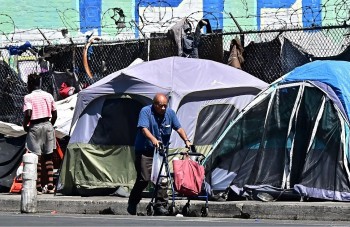 How Many Homeless People Are There in the U.S? Up 18.1% with Over 771,800 How Many Homeless People Are There in the U.S? Up 18.1% with Over 771,800 Homelessness in the United States has reached a staggering new high in 2024, with over 771,800 individuals living without stable housing. |
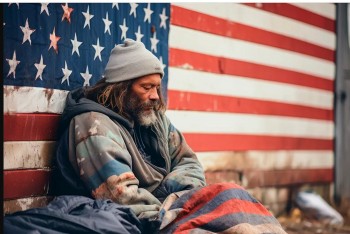 Breaking down Homelessness: Numbers, Lives, and Solutions Breaking down Homelessness: Numbers, Lives, and Solutions Homelessness in the United States is not just a personal struggle; it ripples through families, communities, and the nation’s economy. |
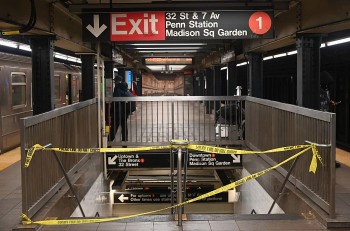 Homeless Man on Fire at Penn Station: Hunt for the Arsonist Homeless Man on Fire at Penn Station: Hunt for the Arsonist The homeless man who suffered burns inside Penn Station late Friday was believed to have set himself on fire. However, the NYPD stated on Saturday ... |






